B2
1872
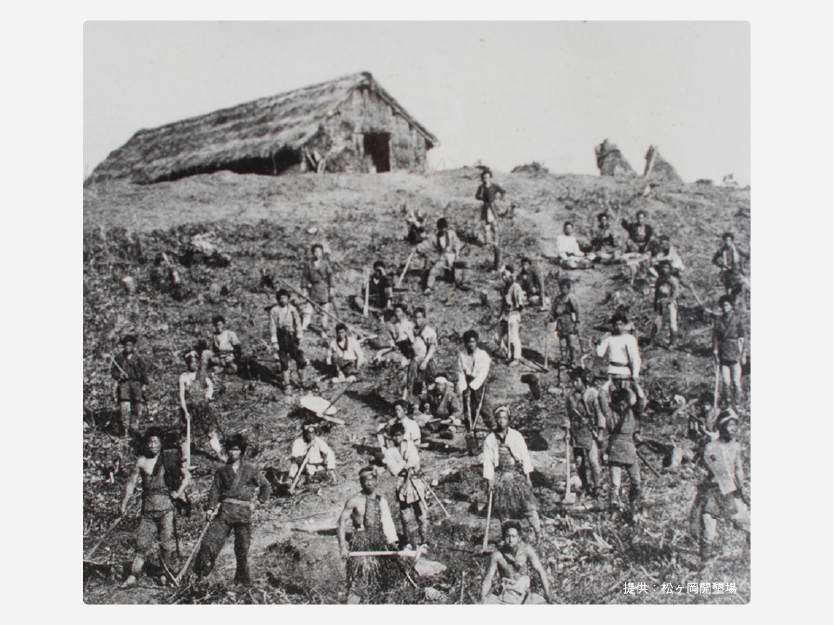
Starting up of business
To produce raw silk, a major product for exports, the Matsugaoka Reclamation Land project was launched.
1874
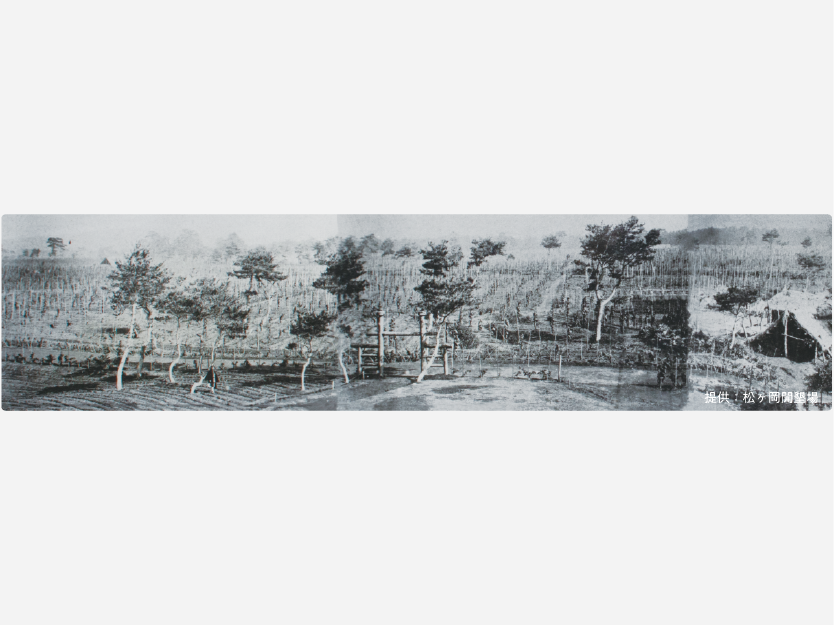
Starting up of business Sericulture
In 311 hectares of reclaimed forest, mulberry seedlings were planted to feed silkworms
1875
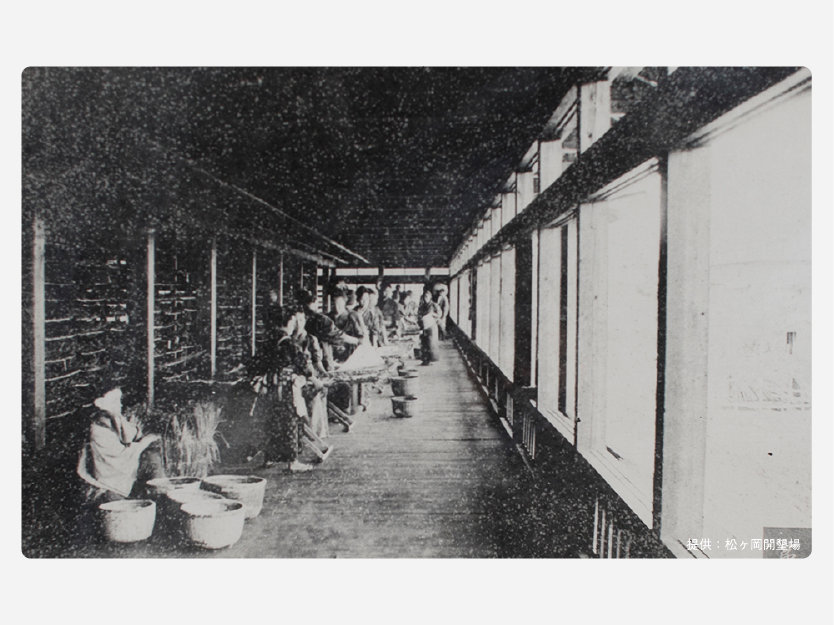
Starting up of business Sericulture Silkworm egg production
Four silkworm houses for raising silkworms constructed
Sericulture and silkworm egg production started
1876
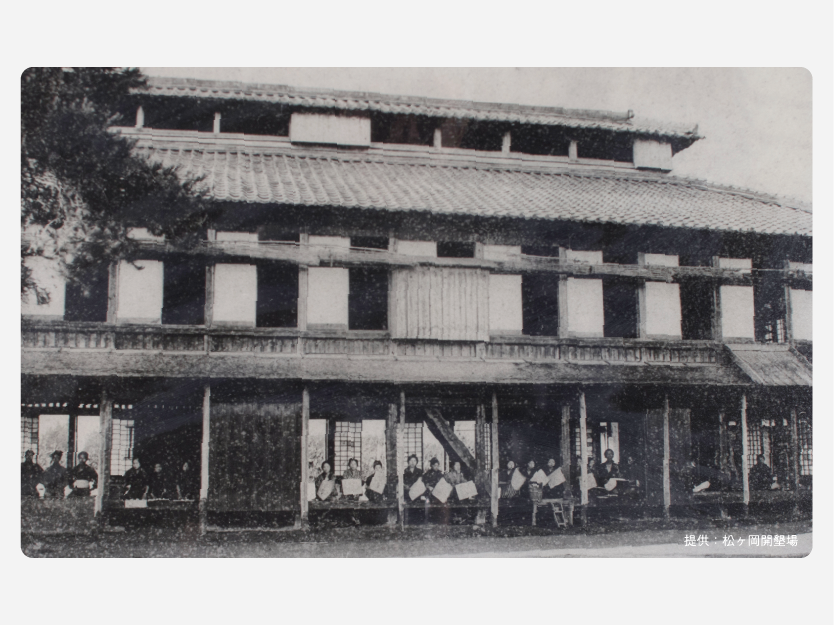
Starting up of business Silk reeling
Four more silkworm houses constructed
Production of raw silk and floss silk started
1877
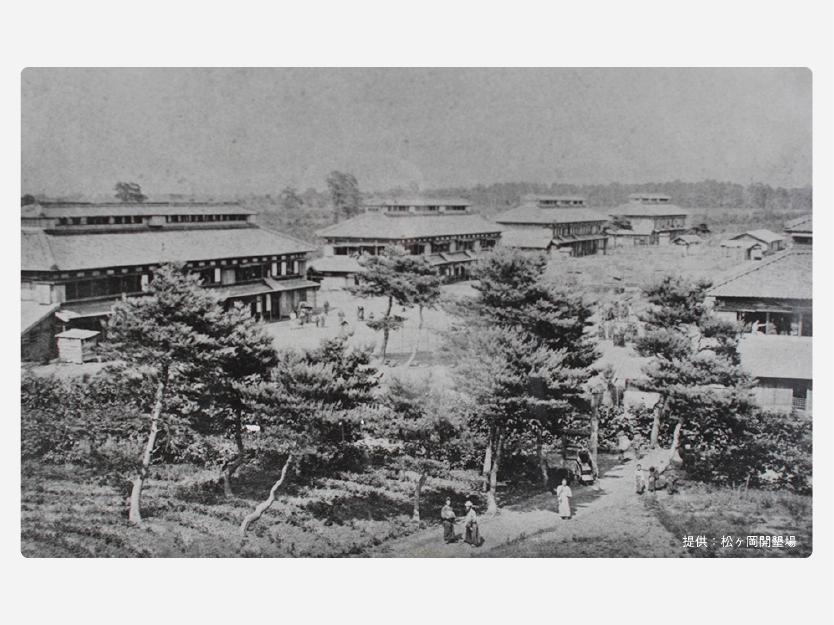
Starting up of business
Two more silkworm houses constructed
A total of 10 large silkworm houses were completed… of which 5 are still standing
1887
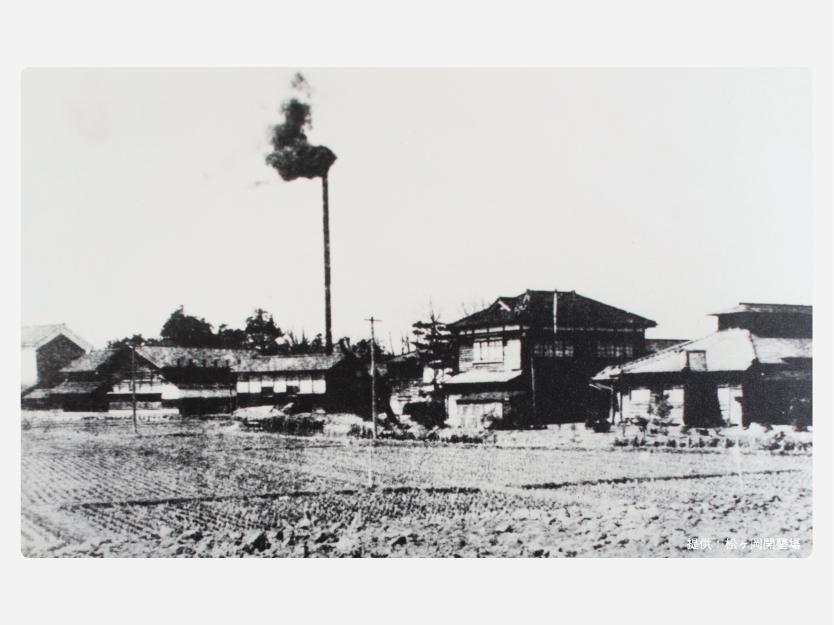
Manufacturing Silk reeling
Matsuoka Silk Mill was founded… which is now Matsuoka Co., Ltd.
1893
Manufacturing Weaving
To promote the woven silk fabric industry, the Tsuruoka Silk Weaving Association was formed
=== Converted to “habutae” silk production for export ===
1894
Manufacturing Scouring (degumming)
Koichi Kato scouring “habutae” silk in a brewer’s sake kettle
Scouring “habutae” silk
1895
Human resource development
Tsuruoka Dyeing and Weaving School was founded … the forerunner to today’s Tsuruoka Technical High School
1898
Manufacturing Weaving
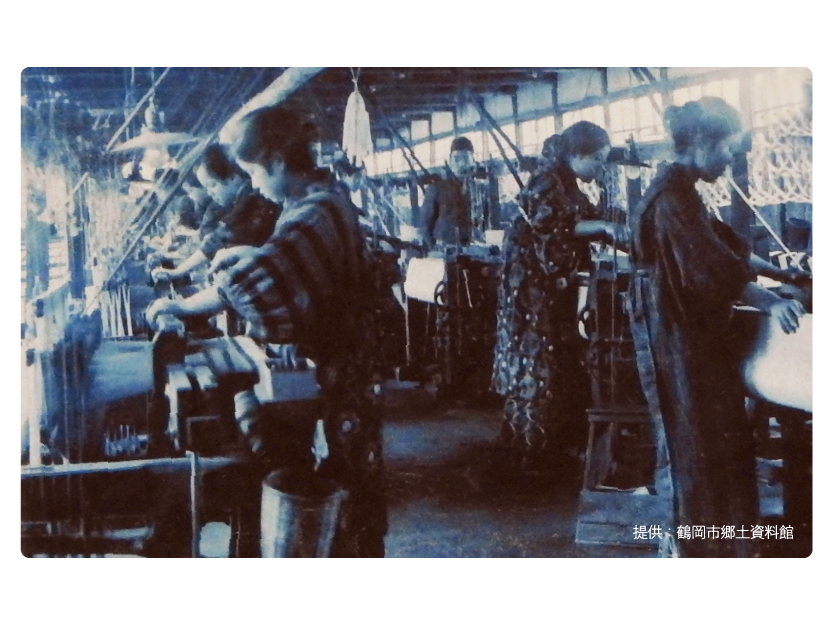
Shonai Habutae Co., Ltd. was founded … which later became Uzen Textile Co., Ltd.
1898
Business investment by private companies
Tsuruoka Bank was founded… which later merged with four other banks including Kazama Bank
1898
Inventions and infrastructure
Tsuruoka Hydroelectric Co., Ltd. was founded
=== The number of “habutae” silk factories in the town of Tsuruoka increased to 11 ===
1898
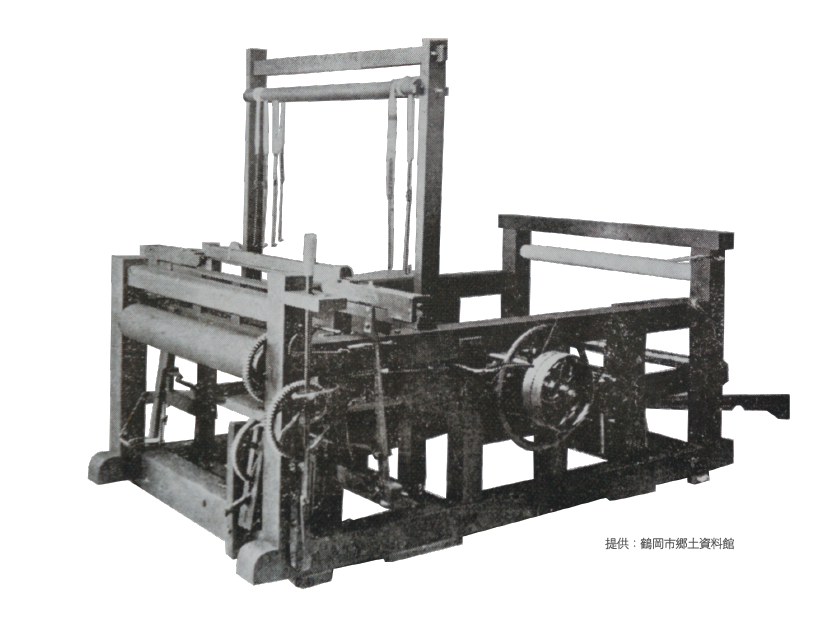
Inventions and infrastructure
Saigai-style power loom invented by Toichi Saito
Patent was obtained the following year
1901
Manufacturing
Tsuruoka Habutae Silk Weaving Industry Association was formed … which is now the Tsuruoka Fabric Industry Cooperative
1906
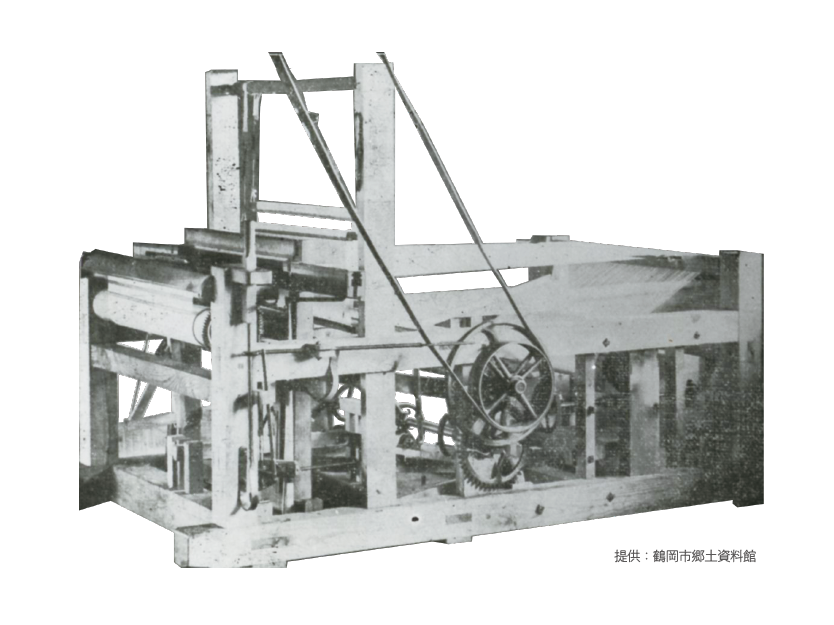
Inventions and infrastructure
Hirata-style power loom invented by Yonekichi Hirata, improving on existing looms
Patent was obtained
=== Iron industry developed for production and repair of machinery ===
1906
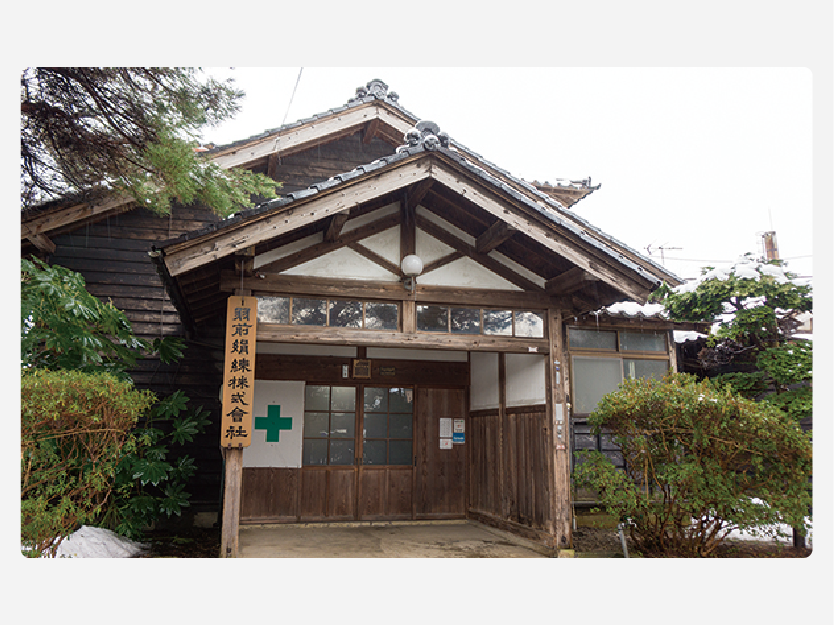
Manufacturing Scouring (degumming)
Uzen Silk Scouring Co.,Ltd. (Uzen Kenren Co.,Ltd.) established by Koemon Kazama
Yonekichi Hirata was appointed company president
1907
Manufacturing Weaving
Toichi Saito and Iwakichi Ito founded Tsuruoka Textile Weaving Co., Ltd.
=== Formation of an industrial cluster ===
1907
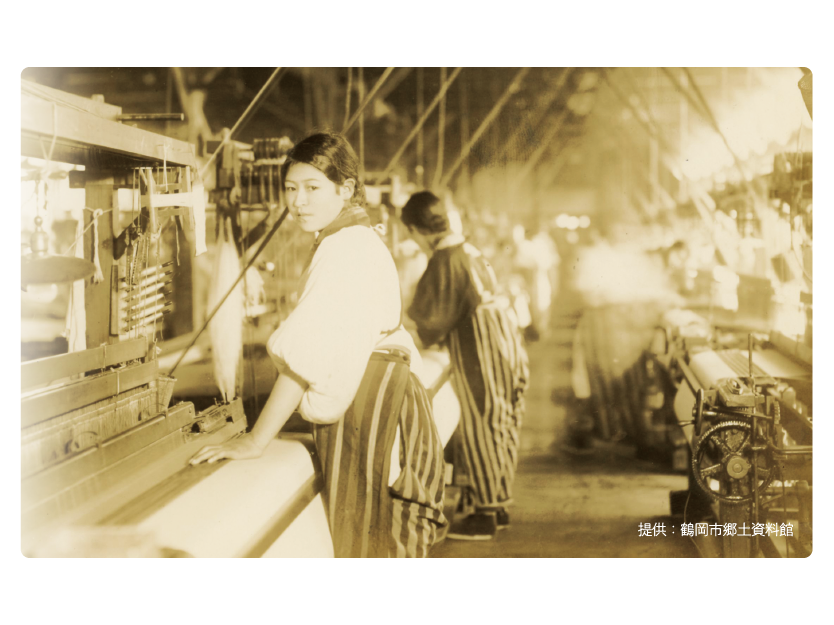
Manufacturing Weaving
Shonai Habutae Co .,Ltd. was restructured as Uzen Textile Co., Ltd.
1911
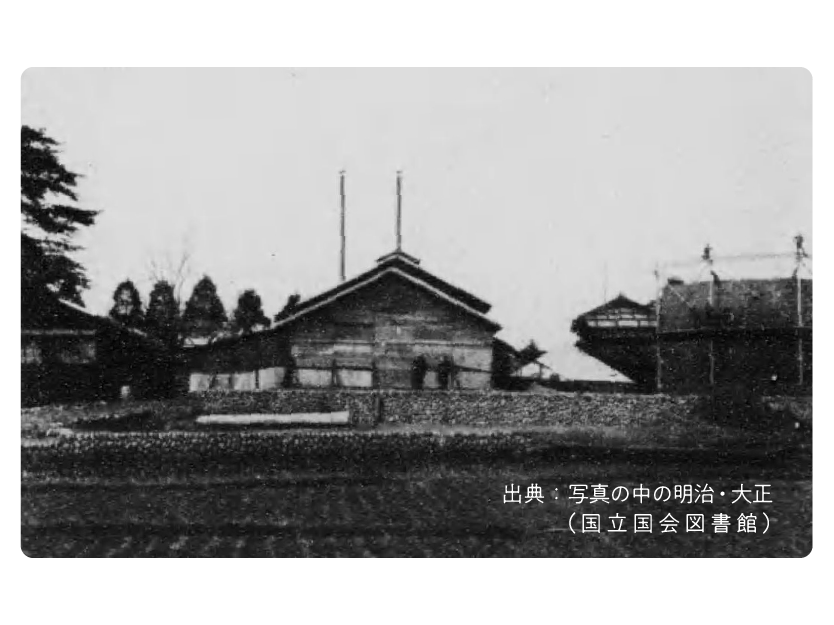
Inventions and infrastructure
Tsuruoka Tile Cutting Co., Ltd. founded by Toichi Saito .. the forerunner to today’s Tsuruoka Gas Co., Ltd.
1917
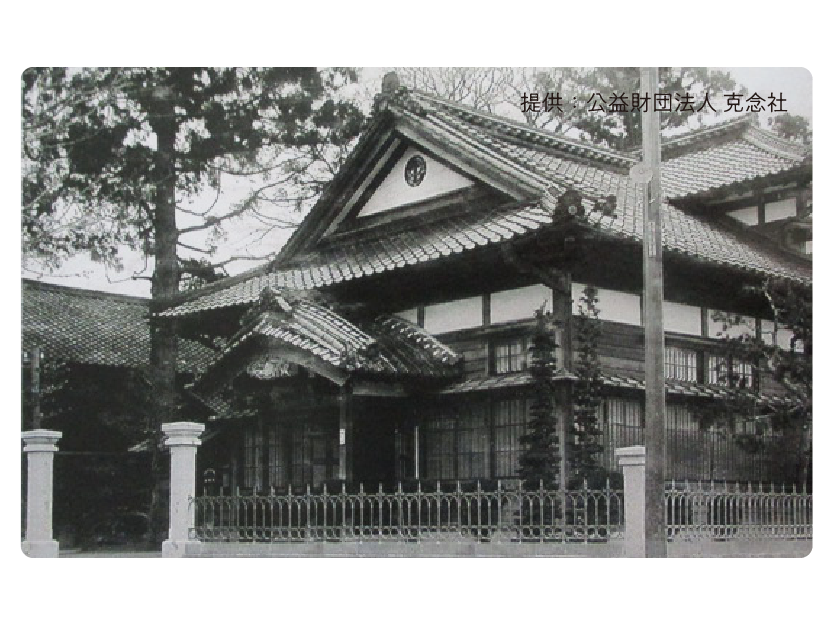
Business investment by private companies
Kazama Bank was founded, supporting development of the silk industry … later, it was one of four banks including Tsuruoka Bank that merged to become today’s Shonai Bank
=== Tsuruoka’s silk industry was at its peak ===
1925
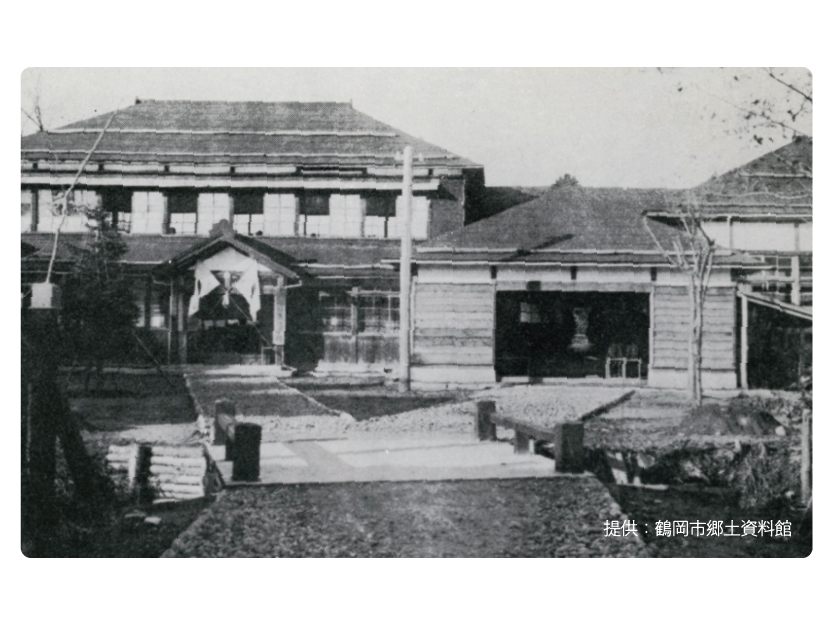
Human resource development
Tsuruoka City Private Textile Sewing School was founded .. the forerunner to today’s Tsuruoka Chuuo High School
=== Tsuruoka’s silk industry temporarily declined due to low prices for raw silk caused by the Great Depression ===
1941
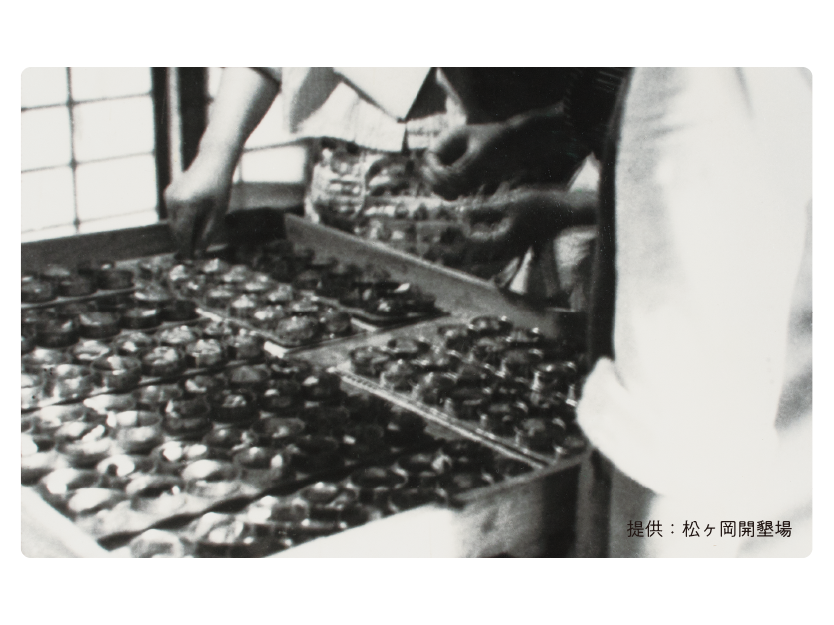
Manufacturing Silkworm egg production
Matsuoka Silkworm Breeders’ Cooperative was established
1946
Manufacturing
Tsuruoka Fabric Industry Cooperative was founded
=== Welcoming the heyday of the post-World War II era ===
1960
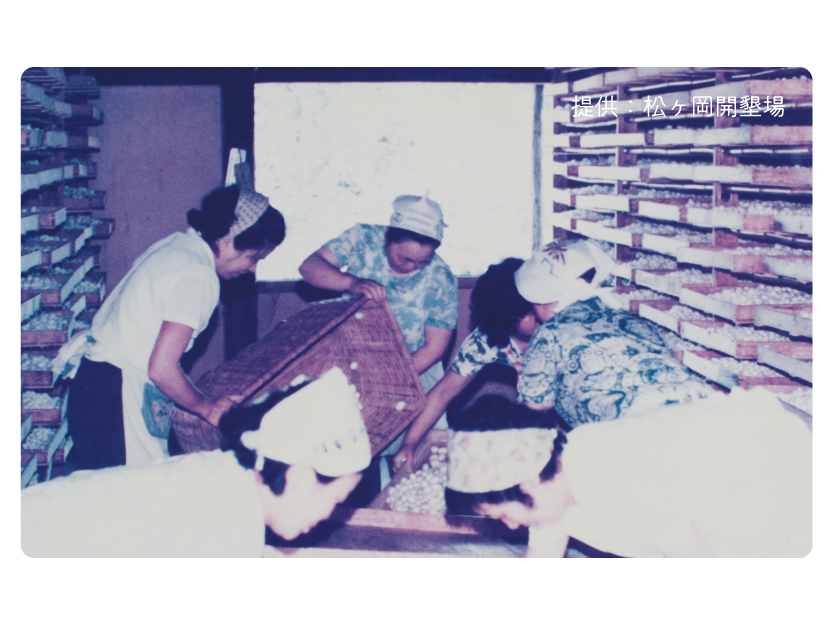
Manufacturing Silkworm egg production
Matsuoka Silkworm Egg Production Co., Ltd. was founded
=== The Japanese silk industry shrank under heavy competitive pressure from synthetic fibers and overseas products ===
1973
Manufacturing Fabric printing
Yokohama-based Yoshimura Textile Printing Co. established a factory in Tsuruoka
1980
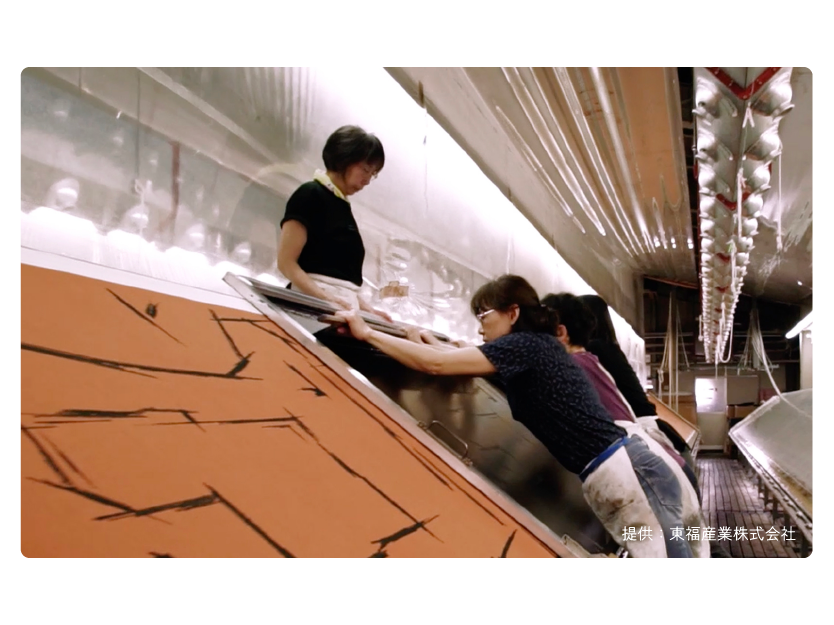
Manufacturing Fabric printing
Tofuku Sangyo Co., Ltd. was founded
1991
Manufacturing Silkworm egg production
Matsuoka Silkworm Egg Production facility was closed
It was the last silkworm egg production facility in Yamagata
1989
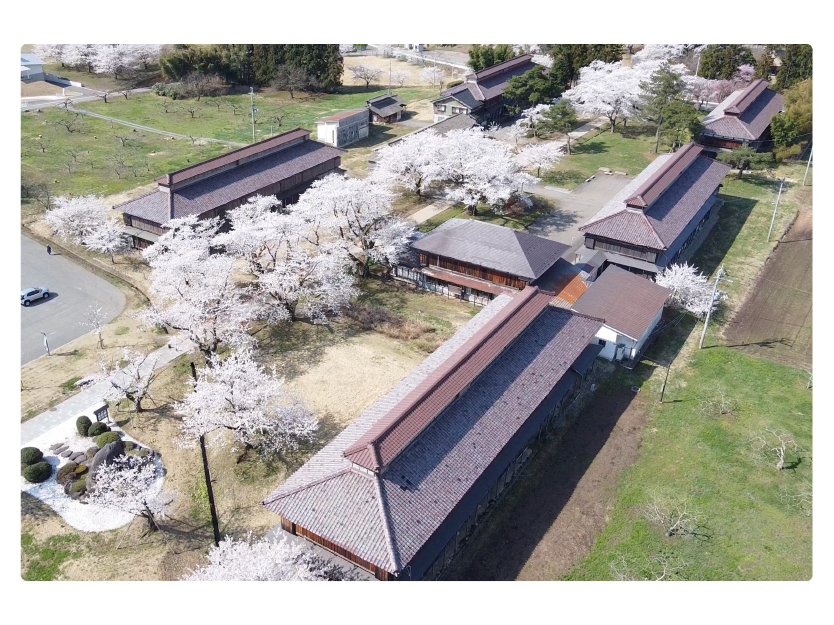
The Matsugaoka Reclamation Land was designated as a national historic site
2003
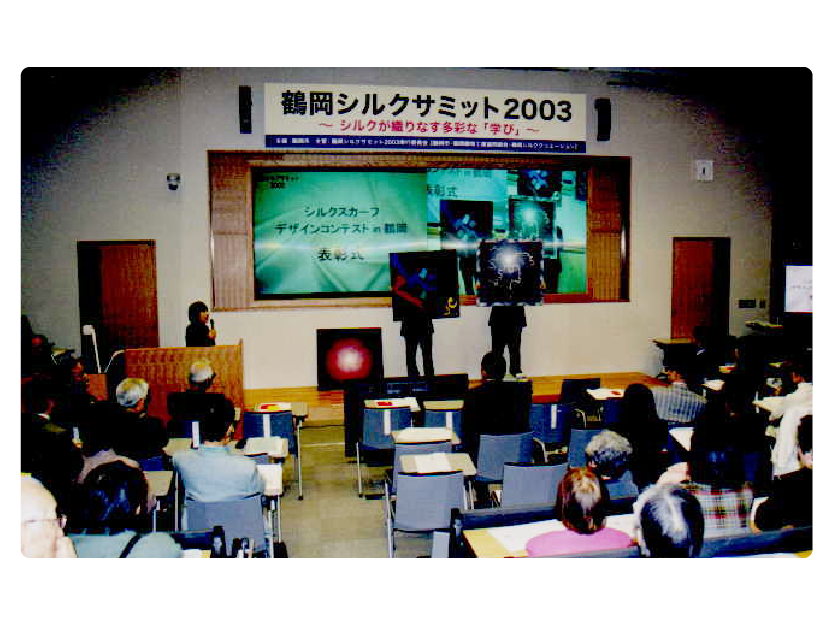
Passing on cultural tradition
The Tsuruoka Silk Summit was held (up to 2009) … which later developed into the Tsuruoka Silk Town Project
Manufacturing
Development of “Super Flat Silk”, a raw silk with distinctive lightness and luster, and “SILK 2”, a raw silk with excellent elasticity and resilience
2007
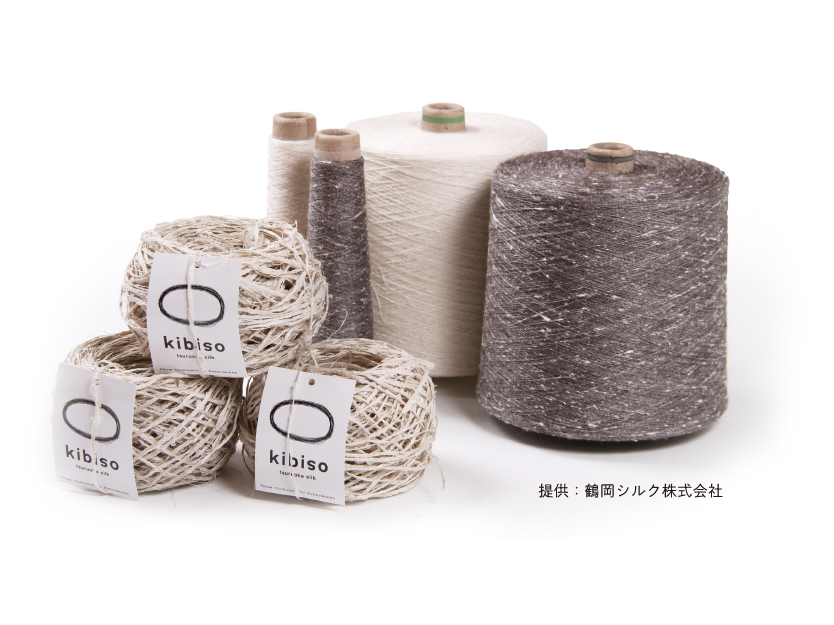
Manufacturing
The new brand “kibiso” was established
2010
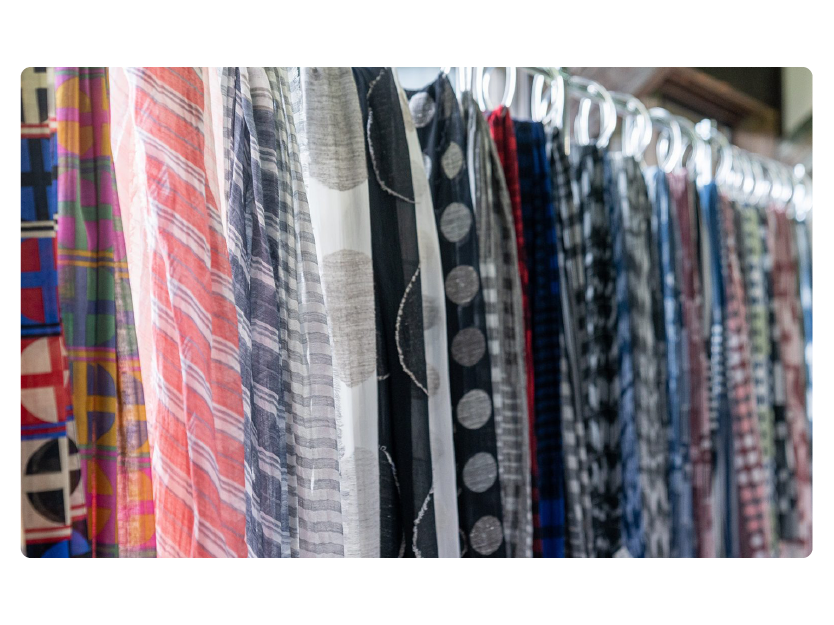
Manufacturing
To promote branding of silk in Tsuruoka and develop the silk industry, Tsuruoka Silk Co., Ltd. was founded
2016
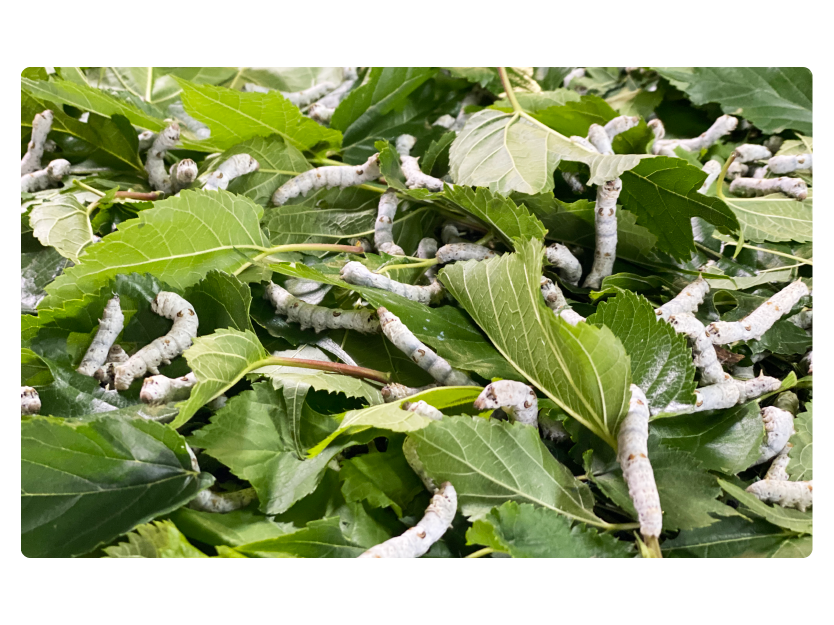
Passing on cultural tradition Sericulture
For the first time in 40 years or so, silkworm raising has been revived in silkworm houses at Matsugaoka
2017
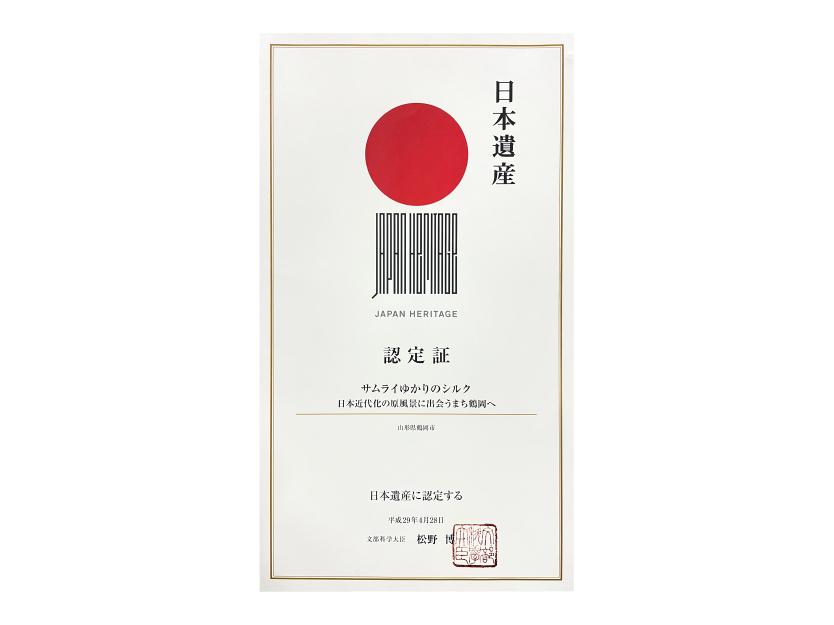
“Samurai silk” recognized as a national heritage
2021
The Matsugaoka Reclamation Land celebrates its 150-year anniversary
People
Person01
Saigo Takamori
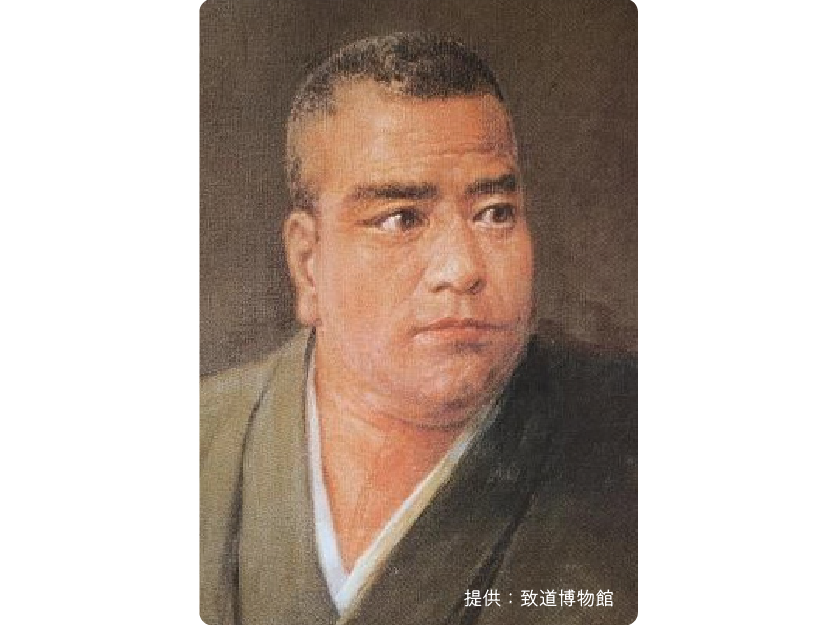
Saigo Takamori supported the land reclamation project from its inception. In 1874, he offered words of encouragement to the land reclamation workers: Face your difficulties with a powerful spirit, and all Heaven and Earth will know!
Person02
Toshimichi Okubo
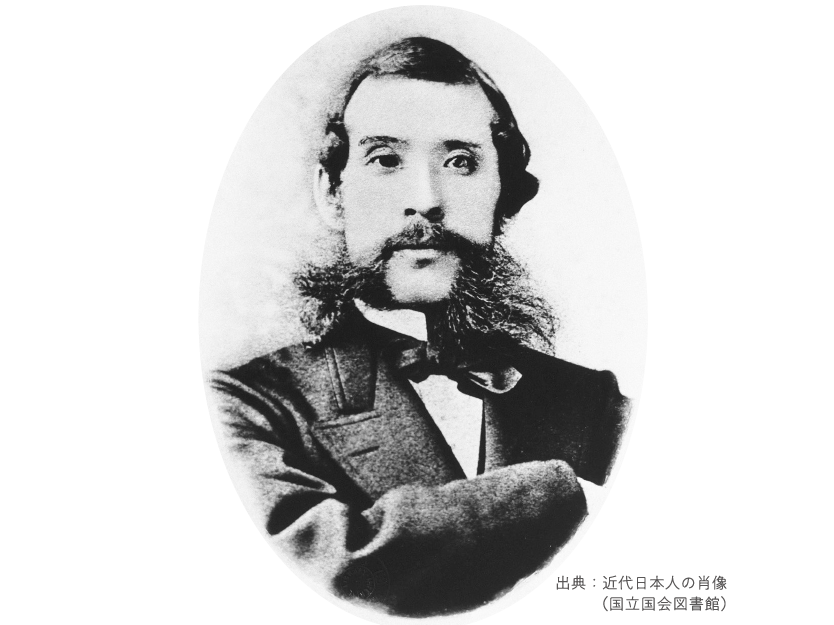
In 1876, he inspected the land reclamation site.
In 1878, he supported and encouraged the land reclamation project, which had halted due to lack of funds, leading the project to continue.
Person03
Chikahiro Matsudaira
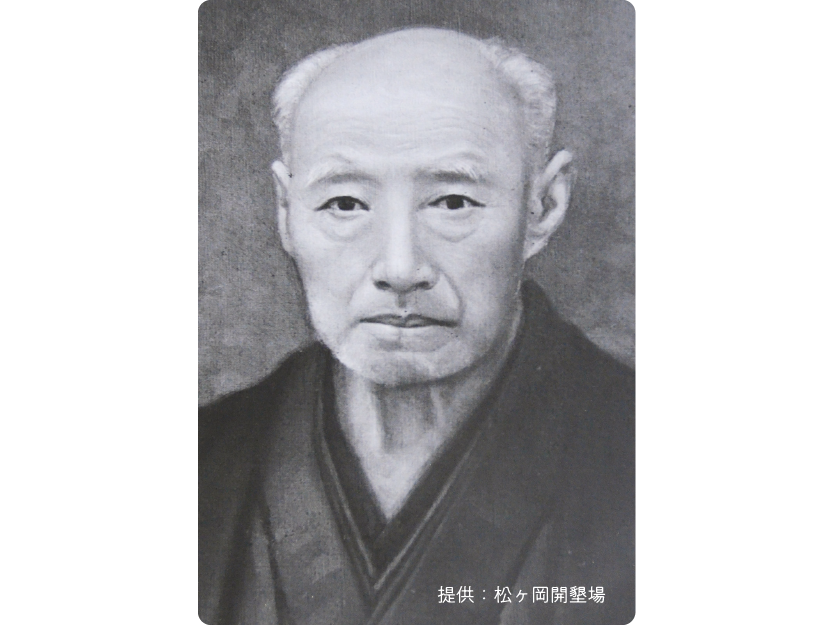
Inaugural president of the Matsugaoka Reclamation Land
He supported the reclamation project through his efforts to spread and develop sericulture.
Person04
Toichi Saito
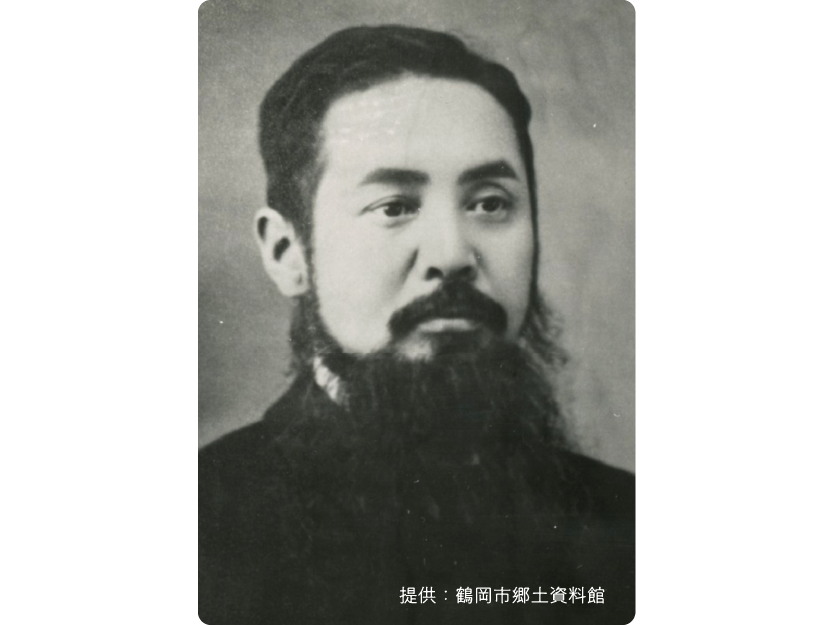
Invention
Invented the motorized Saigai-style power loom. The loom became widespread in silk weaving regions throughout Japan, and he was awarded the Medal of Honor with Blue Ribbon.
Person05
Yonekichi Hirata
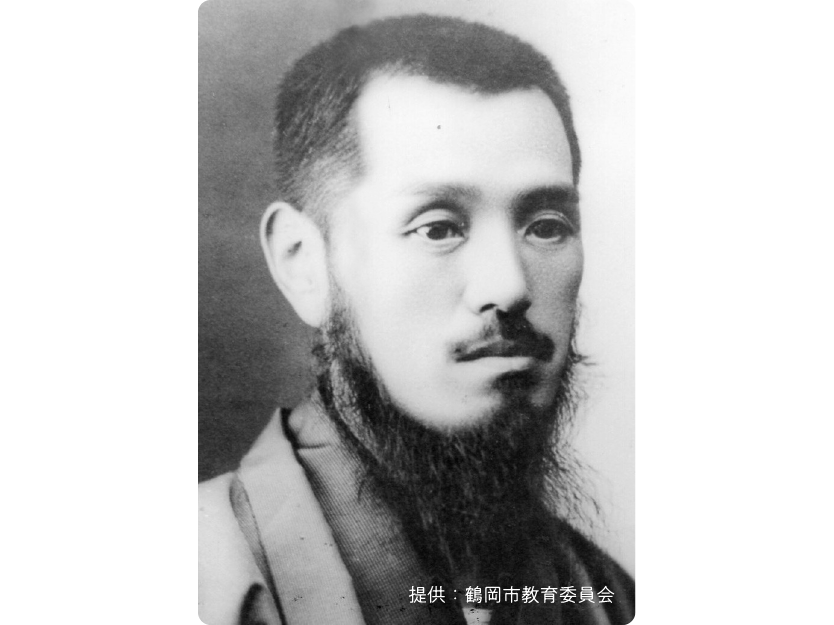
Woven silk fabric
Invented the Hirata-style power loom. Was appointed president of Uzen Silk Scouring Co.,Ltd. (Uzen Kenren Co.,Ltd.).
Person06
Koemon Kazama
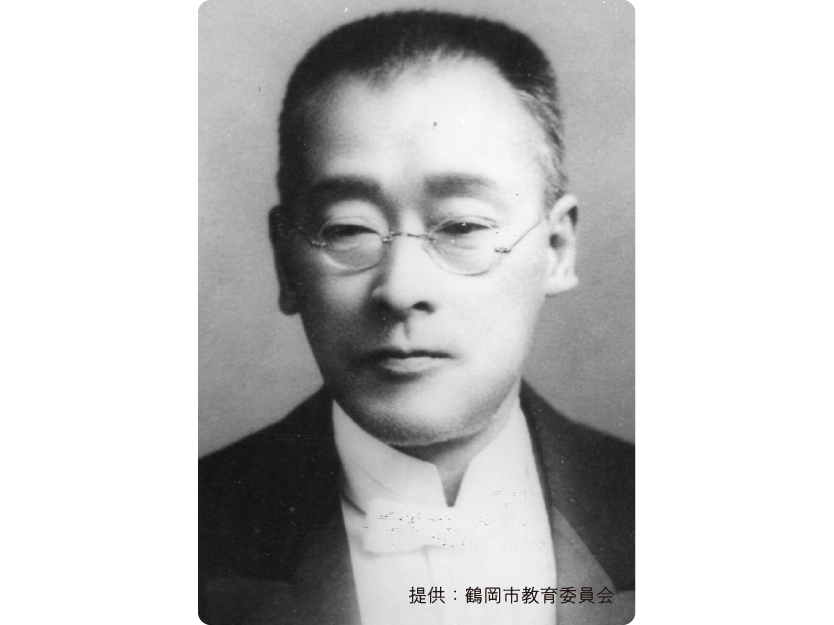
Industry
Founded Uzen Textile Co., Ltd., Uzen Silk Scouring Co.,Ltd. (Uzen Kenren Co.,Ltd.), and the Kazama Bank, making significant contributions to Shonai’s modernization.
Person07
Tadataka Sakai
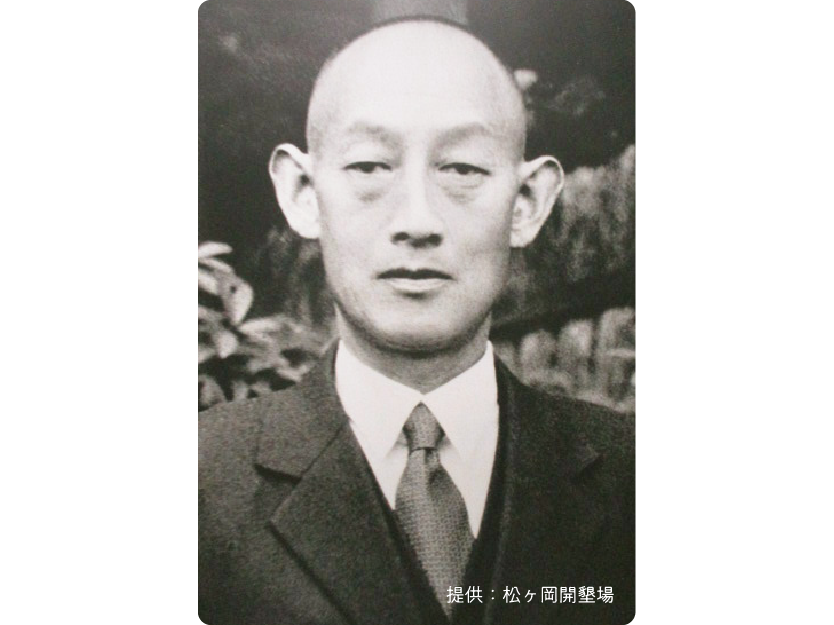
Second president of the Matsugaoka Reclamation Land
For the 40 years from 1911 until 1951, he led the development of the land reclamation site.
Topics
Topic01
Turning Tsuruoka into The Town of Silk
The silk produced in Tsuruoka and Shonai has been highly regarded around the world as high-end woven silk fabric. However, as the scale of the silk industry has shrunk in the face of cheaper overseas products and synthetic fibers, the Tsuruoka Silk Town Project has been launched to open up new possibilities for the unique characteristics of silk through activities such as silkworm breeding experiences, studies by high school students, and the development of “kibiso” silk products. Inheriting the history and tradition of days gone by, Tsuruoka is promoting its own urban development with silk as a vital aspect of its culture.
Topic02
Samurai Silk
Tsuruoka: Encountering the original landscape of Japan’s modernization
The story of silk in Tsuruoka began when samurai of the former Shonai Clan swapped their swords for hoes and reclaimed land for cultivation here in Matsugaoka with the support of the entire Shonai area. In addition to Matsugaoka, the Tamugimata area along the Rokujurigoe-kaido Highway still retains a number of modern-era silk industry heritage sites, including a multi-story silkworm house (a four-story dwelling where silkworms were raised), Heishindo Hall, the former Nishitagawa District Office, and a silk scouring factory founded in the Meiji era. In 2017, a series of stories related to the silk industry in Tsuruoka were recognized as Japan Heritage Sites.
* “Japan Heritage” refers to stories that convey the culture and traditions of Japan through the historical charm and characteristics of local areas, as certified by the Agency for Cultural Affairs.
